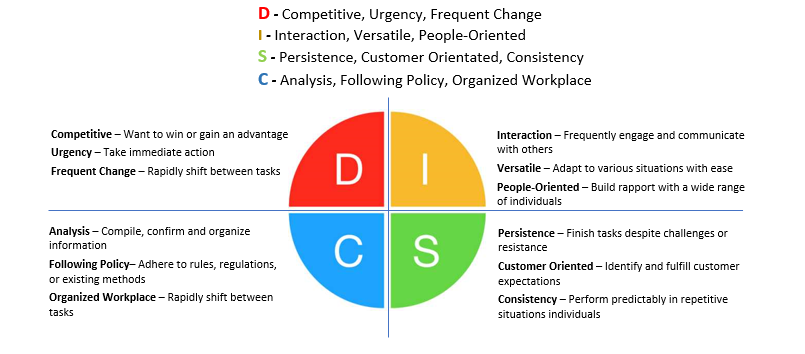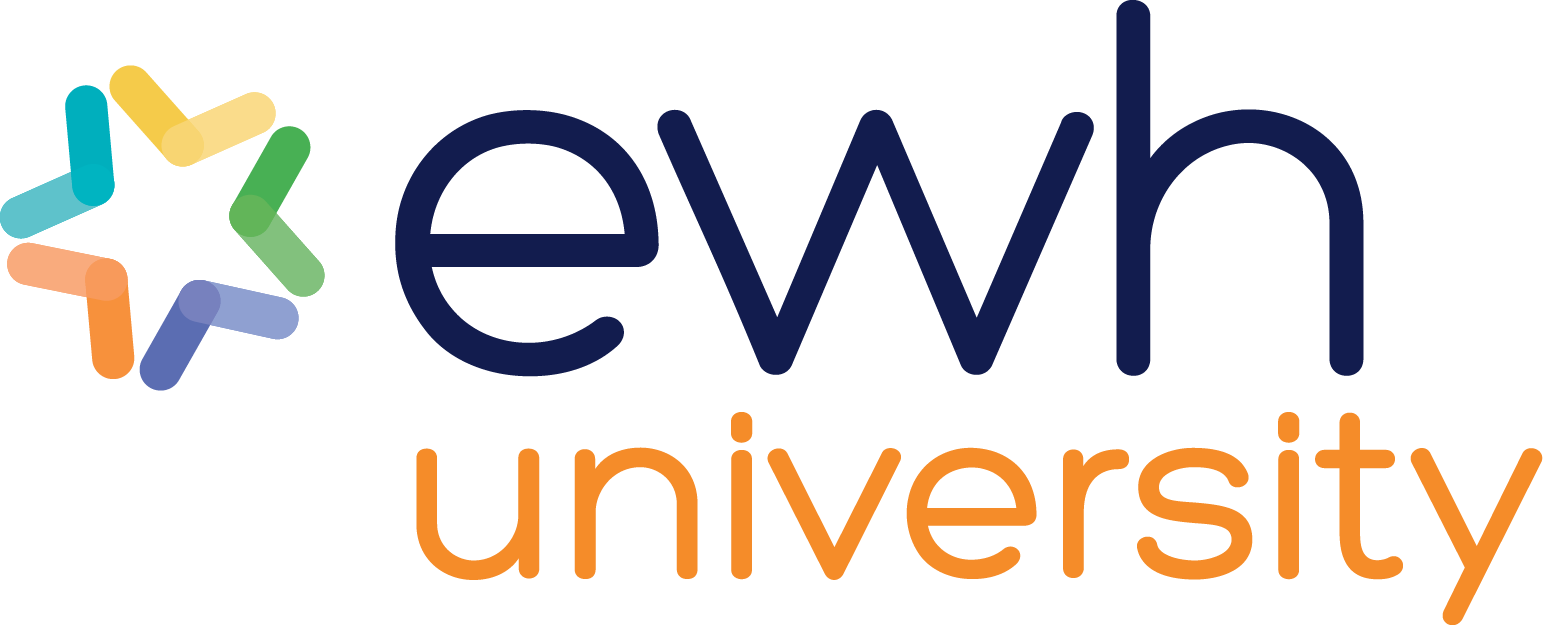Enhancing your culture begins with two key elements: How we each recharge our batteries and the environment we create to support different behavioral styles.
All leaders desire a healthy and high-performing culture. The strategies we instill can support us in creating and empowering our culture and others. DISC, a behavioral and communication model, helps us understand two key elements; where we each get our energy and how we recharge our batteries under stress. In addition, it will help you to understand your team’s environment better to support them to do their best.

Where do we get our energy? How do we recharge our batteries and prime our self for success? How do we set the environment to support each of these energies and their natural tendencies?
The D profile gets its energy from challenges, problems, big tasks, and projects. They like an environment that is active, fast-paced, and where they can always be moving. They thrive somewhere with a sense of urgency and frequent change. A space where they can be loud, or have noise or music on in the background, can also be important. However, when focused on getting the job done, likely preferring time alone. They prefer to control their environment, avoid distractions, and increase efficiency to get the job done now!
They recharge through physical activity, something challenging: self-competition or even competitiveness with others. They will find renewed focus by focusing first on what they need to do compared to who, where, when, or how.
The I profile gets its energy from people, conversations, variety, and interactions. They like an environment where they can talk, be loud and sociable, and get more energy from that. They will want an environment that is fast-paced, creative, and energetic. They also prefer a space filled with warmth, acknowledgment, and positive reinforcement. They require an environment that supports their dreams and aspirations; they will see the positive in everything. For example, they would be a better fit in a call center or sales department, which always has chatter, versus a paralegal department, where it’s always quiet.
Recharging happens through social activity and time with others. Finding renewed focus by first focusing on who they need compared to what they need to do, or the where, when, or how.
The S profile gains its energy from steadiness, pace, familiarity, and consistency. They like a quiet, slow-paced environment that preferably does not change. If there is change, it has a lot of pre-conditioning and happens slow enough that they can become familiar with it, step-by-step at a consistent pace. Steadiness and consistency allow us to anticipate each other needs. It is vital for them to know and feel comfortable meeting your needs and taking care of things in their environment. They also like environments that appreciate loyalty and teamwork. They do best in a safe space with time to adjust and get out of their comfort zone.
The S’s recharge through downtime. Someplace where they do not have to do anything or talk, preferring to be by themselves. You can likely find S’s purchasing hot tubs because they will probably hang out and do nothing. They will discover renewed focus by focusing on where and when as compared to what or how.
The C profiles gain their energy from procedures, information, high standards, and cautiousness. They like a quiet environment, just like S energy, to thrive and excel. They also prefer a slower pace and items written down, so they know what to expect. They need an environment that allows checks and balances and walks them through how to get the task done. They want the criteria for when, where, and what to move forward. They sometimes get stuck taking in information without making any decisions. They need an environment that supports them by giving them enough information to make a correct decision or makes them comfortable with making the call themselves. They need an environment that supports this decision-making process.
They recharge through thinking, alone time, solitude, and quiet time. They find renewed focus by focusing on how they need to do something, compared to what, who, where, or when.
How can you better support yourself and your team?
Where do you find you get your most energy? How can you set your environment up to support yourself better, and what habits and rituals can you utilize to support yourself? Who is someone you know, care about, or struggle with, and how can you set the environment up to support them better?
What habits do they engage in that you can now better understand because they meet their needs and helped them recharge or deal with stress? These insights give us a greater understanding of each profile and how to support them in their success.
Contact us to learn more about DISC Assessments and what they say about your team’s communication styles.



